September 5, 2023. Cooke Optics introduces a new line of compact, lightweight, mirrorless-mount, affordable lenses. The new Cooke SP3 primes are based on a reincarnation of the legendary Cooke Speed Panchros.
Tim Pugh, CEO at Cooke Optics, calls the SP3 lens series “a significant strategic move into an exciting new sector that expands the horizons for such an iconic brand.”
- The new SP3 primes are based on original Speed Panchros.
- They have modern mechanics and a single optical coating.
- At launch, there are five SP3 primes: 25, 32, 50, 75 and 100 mm.
- They all cover Full Frame and have a T2.4 maximum aperture. The lens mount is easy to swap. You do not have to be a lens tech, nor do you need a clean room.
- SP3 will come in E-Mount and RF-Mount as standard (RF-Mount will follow shortly after launch and customers can receive them free of charge). L-Mount and M-Mount are available as accessories. M comes in early 2024.
- Focus scales are marked in both Imperial and Metric scales—no need to swap or flip.
- Cooke Look matches with Panchro/i Classic FF and S35.
- SP3 are small, lightweight and share the same focus and iris gear positions.
- There’s a 1/4-20 threaded lens support at the bottom.
- Peli-style case is included when you buy the complete set of 5 lenses:
Cooke SP3 Specifications
Danny Haikin on Cooke SP3
Danny Haikin, Chief Marketing Officer at Cooke Optics, visited FDTimes a few months ago. He did not come empty-handed nor would he relinquish his stylish briefcase. With exquisite suspense typically reserved for bank heists, spy stories or deliveries of large Alba truffles to finicky New York chefs, Danny proceeded to extract a prototype Cooke SP3 from his stylish briefcase. It was a lens, about the size of said truffle and possibly more affordable.
Jon: How did the idea for SP3 primes begin?
Danny: It was the idea of Kees Van Oostrum, ASC. He’s talking to cinematographers and filmmakers all of the time, including quite a lot of film students. He had the idea for Cooke to do a set of short flange back prime lenses, with photographic mounts, broadly based on the venerable Speed Panchro. We then started trying to understand exactly how and where we could do that in the market.
We started researching what might be called the mid-market, which is hard to define because it does not neatly segment. So you really have to talk to people, theorize and extrapolate. Cine lenses are part a relatively small industry; you can’t just learn the lens industry by buying a report. The mid-market is inhabited by owner-operators, and also some higher-end providers. It is growing very rapidly—partly due to the global desire for content and also the sheer quality of the camera hardware that’s available. So we found that there was a tangible yearning for some more nuanced glass to sit on the end of those cameras.
Of course, if you’re working inside Cooke, which is such an interesting and stimulating company, you want to create a broader brand and a broader platform because you want more creatives to be part of it. All of these things came together and we decided to make the new Cooke SP3 lens series to be at the top of that mid-segment market. Furthermore, it is possible that these SP3 lenses would also be the most expensive in that segment. I think it would have been a bit strange if Cooke had made something inexpensive. But, from our point of view, it is 1/10th the cost of some of our other lenses.
Are these SP3s for still photographers or cinematographers?
One of the initial thoughts was that it could be partly for stills. But, on further reflection, we decided that it really needed to be fundamentally a cine product that would also be embraced by high-end still photographers. Though there is a nascent market for hybrid lenses, it needs to be fundamentally about cine because that’s pretty much what all of our customers do—owner-operators, resellers and renters of cine equipment, not photographic equipment. But as you know, the SP3 takes very beautiful photographs.
When did this idea first take root?
The actual, formal NPD (New Product Development) process started just over two years ago.
That’s like warp speed for Cooke or almost any cine lens.
It depends on the nature of the lens. The objectives of SP3 were very clear. It’s a lens with an optical design that we have been using for a hundred years. The original Speed Panchro concept is very familiar. We have Panchro Classics in our series of lenses already—Full Frame and S35. The SP3 mechanics are all new because it’s a smaller and simpler design than our much larger PL lenses. But yes, the S8, by comparison, took over four or five years. That’s not necessarily actual development time—but rather, thinking and understanding what the flagship product should do.
How did the SP3 concept evolve?
We quickly created a design and a three-dimensional model. Because the SP3 is so much smaller, it needed a design that was going to work both ergonomically and cosmetically. Then we started talking to customers to get their reactions. That’s always interesting because your customers always have very useful opinions. I don’t think you can go to a customer with a blank sheet and say, “What should we do?” But, if you bring them something that’s partly formed, you get interesting ideas.
What parts of the market do these lenses address?
They are unashamedly for somebody who wants to create a look. Obviously, it’s a Cooke lens, so it has the Cooke Look. It’s the difference between just shooting things and shooting with style, which is what these lenses are designed to enable. We spent a lot of time talking to cinematographers: those who use Cooke lenses, others who only used them occasionally, and also those who had (gasp) never, ever tried a Cooke lens.
The techniques that cinematographers use to create drama and visual narrative are not always obvious, nor is the contribution that the hardware makes specifically, along with the actual person who uses it. A lot of our focus was to understand what segment of the middle market was using lenses creatively in their work.
Certainly, there is a much larger group of people who make perfectly nice factual productions, reality shows, documentaries or corporate videos that look entirely professional, do not intend to introduce any visual drama, and would not require a Cooke lens. SP3 may not be for that filmmaker. Or maybe it could be a turning point in these types of shows—an aspirational introduction into the world of the Cooke Look and how the attributes of the lens relate to creating a visual narrative that is the stuff of cinema as opposed to the stuff of factual image gathering.
Are you concerned that SP3 might hurt sales of Cooke high-end lenses?
No, they define different universes. SP3 come in E, RF, M, L and other short flange back mounts. The rest of the Cooke series of lenses come in PL mount. Many cinematographers like small lenses on small cameras because they’re nimble, and that’s part of their view of the world. And I’ve met people who will only shoot on a camera with a PL mount and that will be their belief to the end of their days.
Do SP3 primes match ever-popular vintage Speed Panchros?
They match Cooke Panchro Classic very well. When we talk about actual vintage Speed Panchros, they were, of cours,e made for many decades and vary a good deal. They certainly exhibit very similar imaging characteristics. We believe there will be a market for cinematographers using the SP3 series on B, C and D cameras.
How did you decide what mounts SP3 would come in?
That’s an interesting question. We partly did that by market share, and by what we think our customers use. SP3 will come in E-mount at launch. RF Mount will follow shortly after launch and customers can receive them free of charge when buying a set. L-Mount and M-Mounch will be available as accessories, with M comeing in early 2024. Users can easily change the mount themselves.
Do people have to buy the whole set or can they buy the lenses individually?
You can buy the lenses one by one, or you can buy them as a set of lenses that come in a nice, free Peli-style case.
In-depth SP3 report coming soon in September edition of FDTimes.
Cooke SP3 images by Jon Fauer:

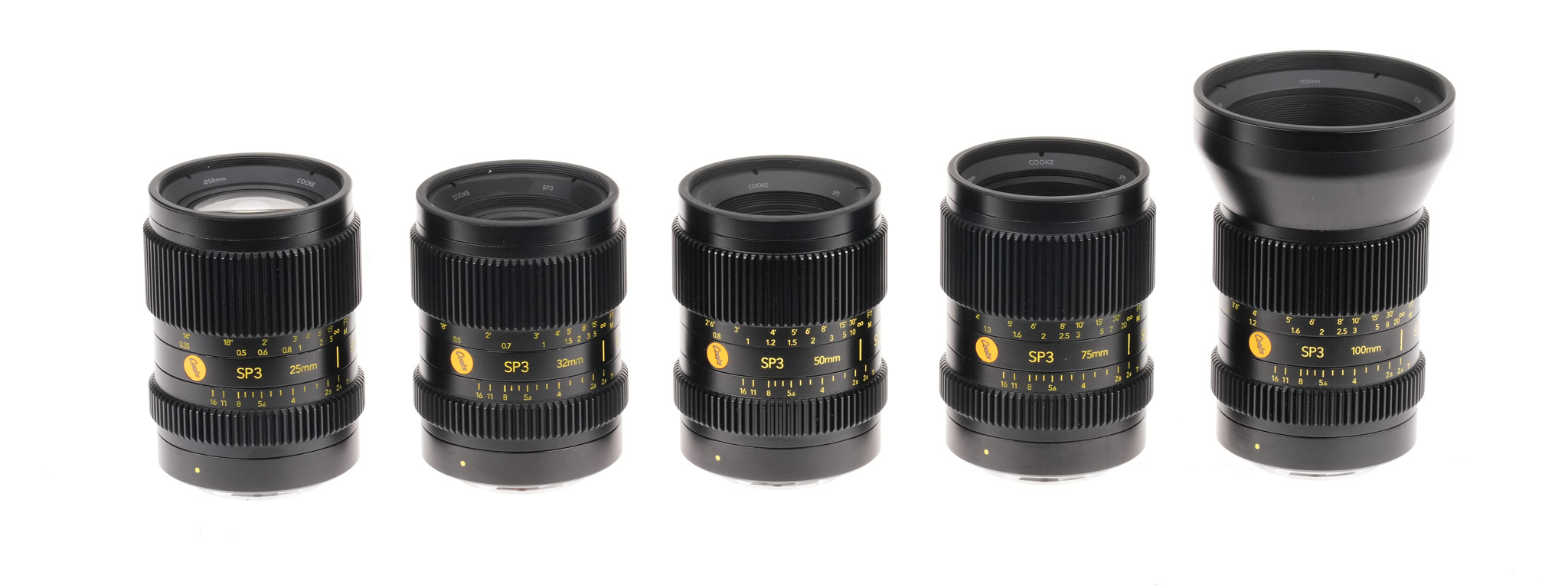
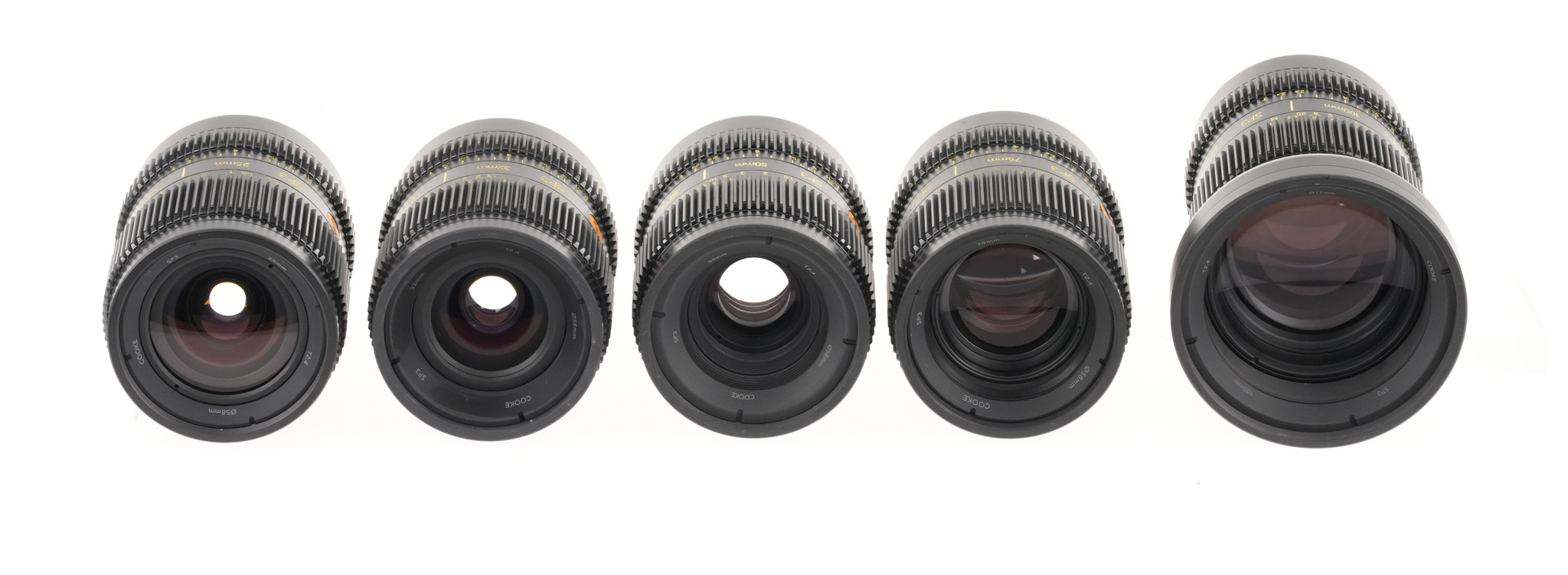
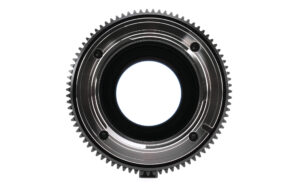
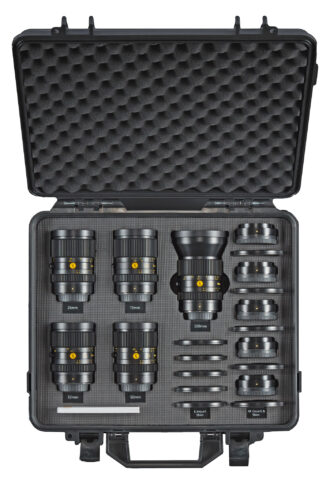
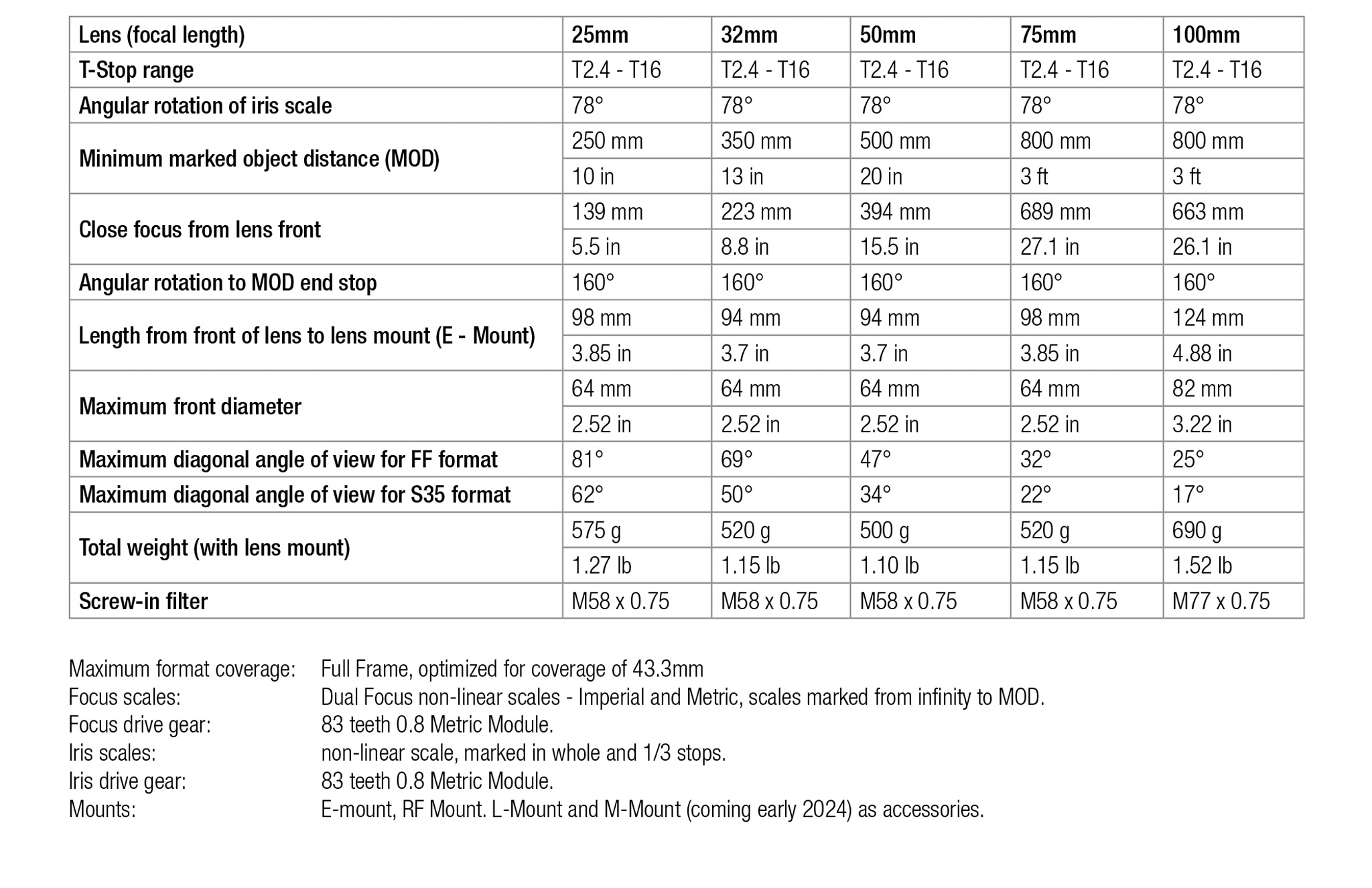
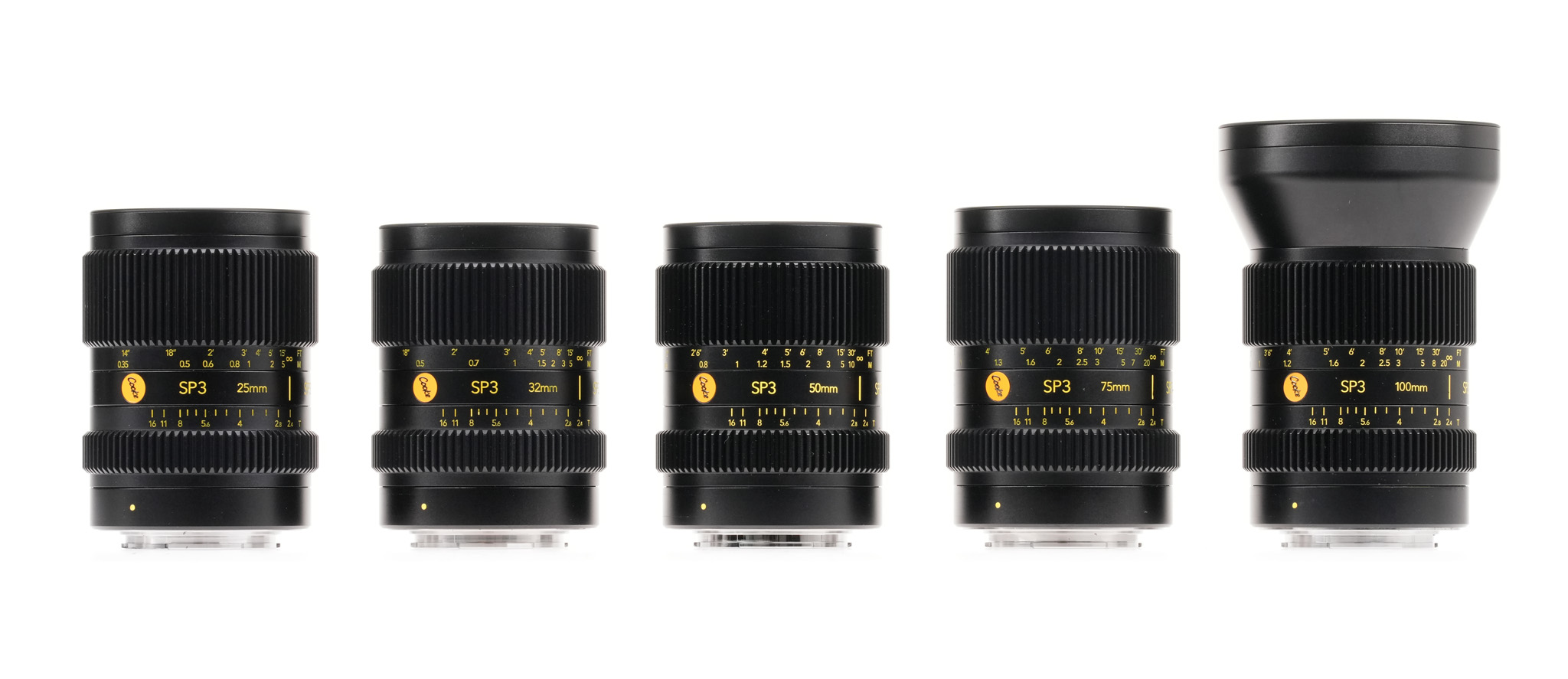

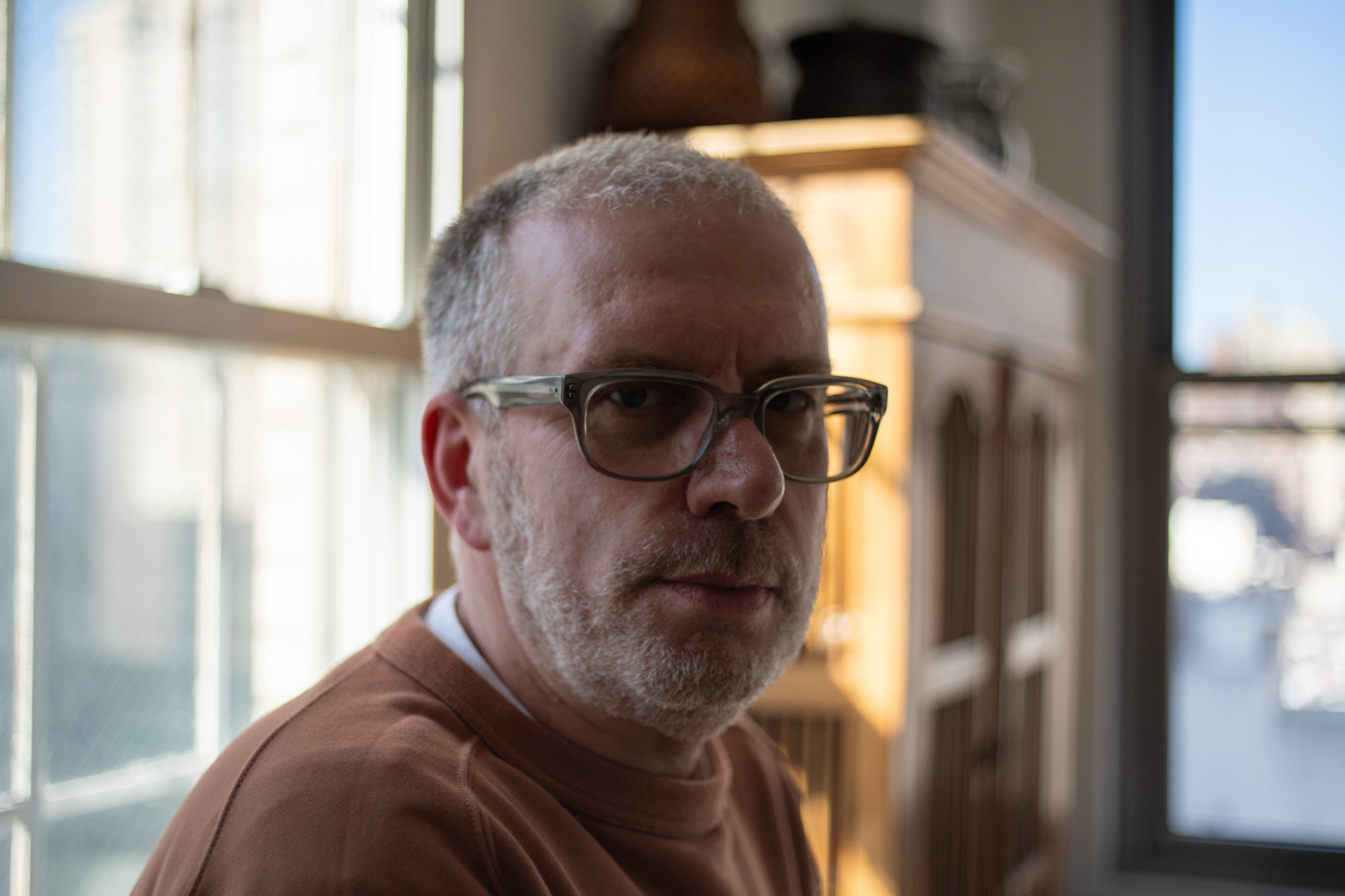
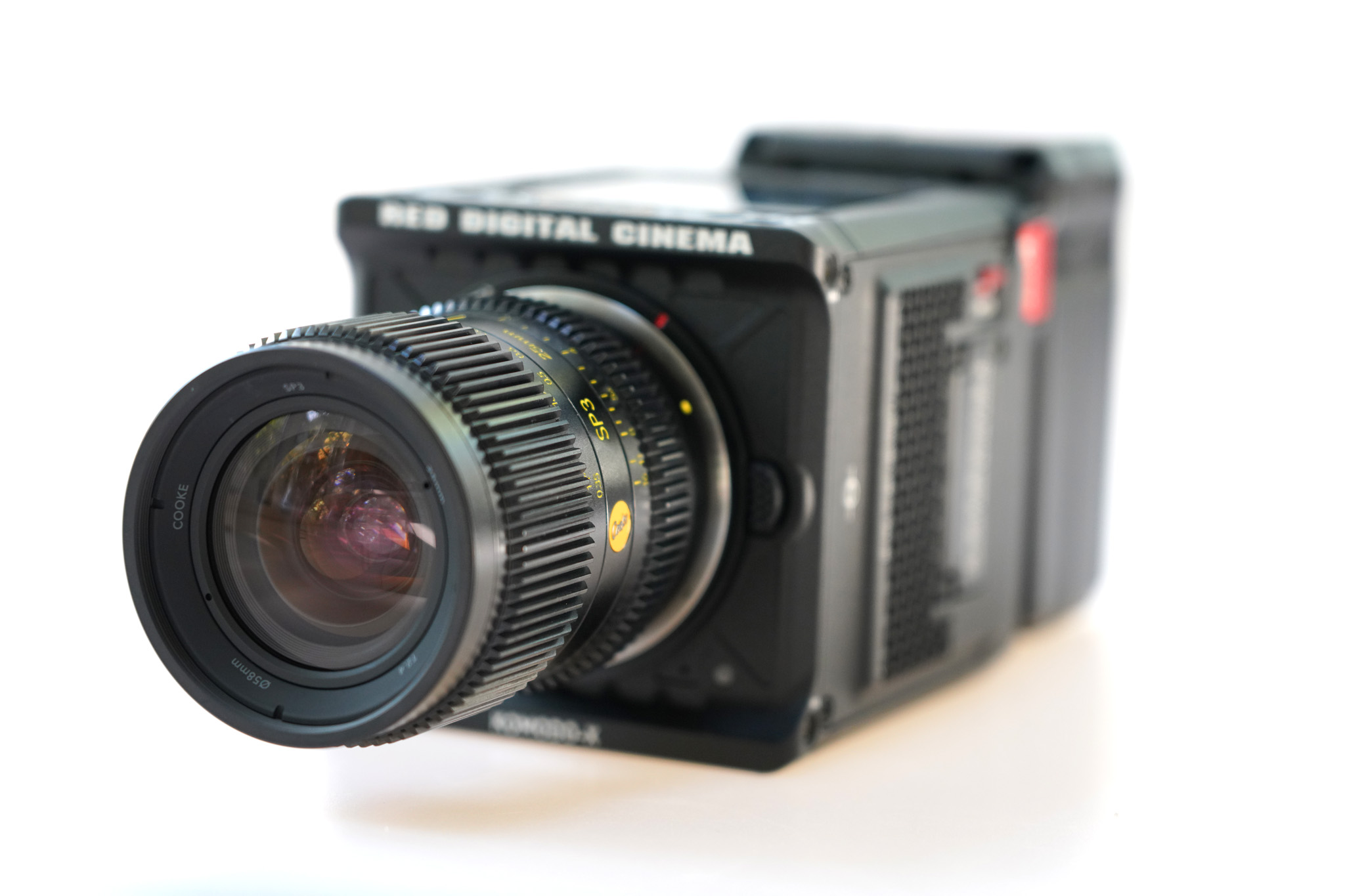

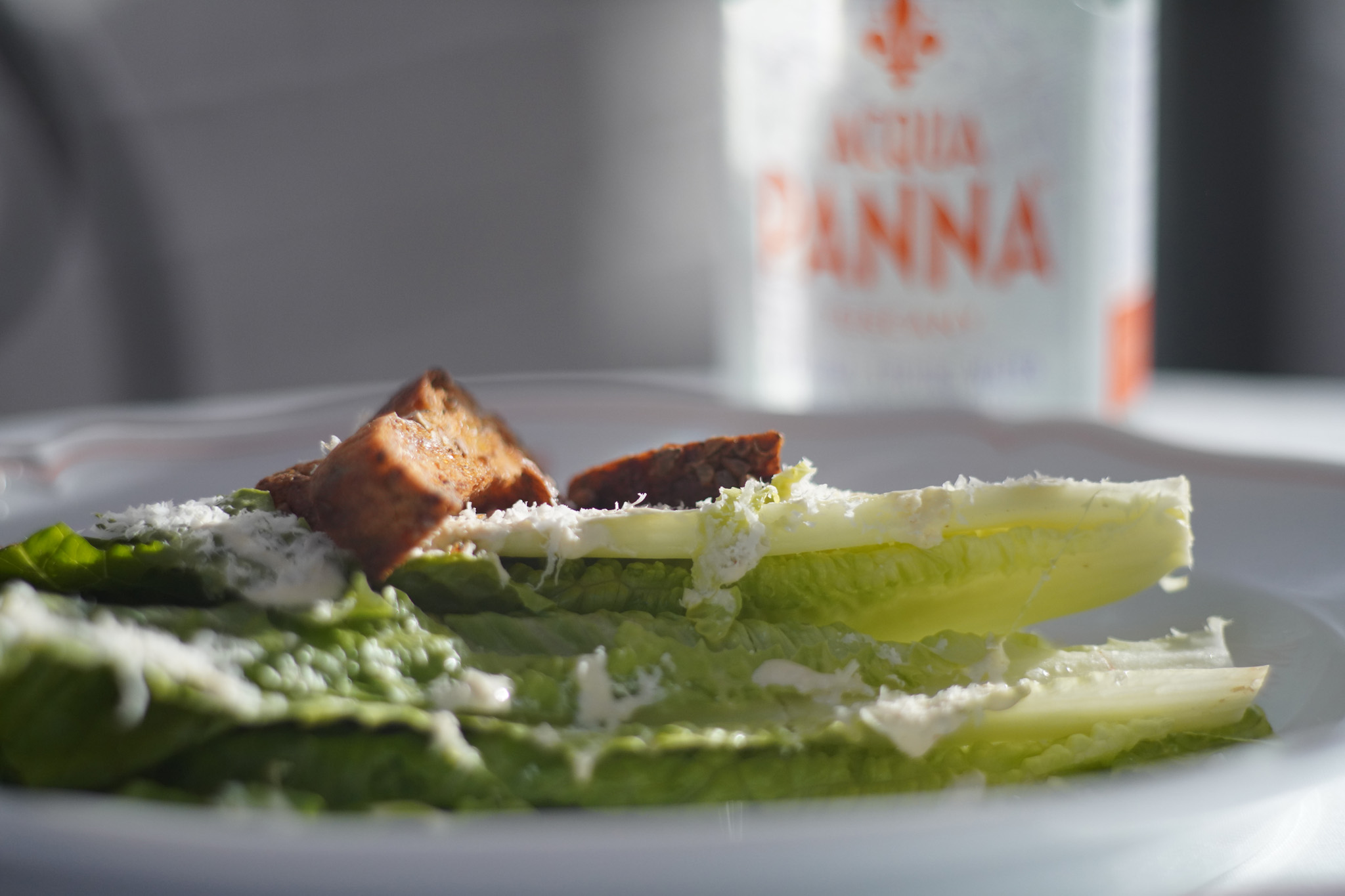
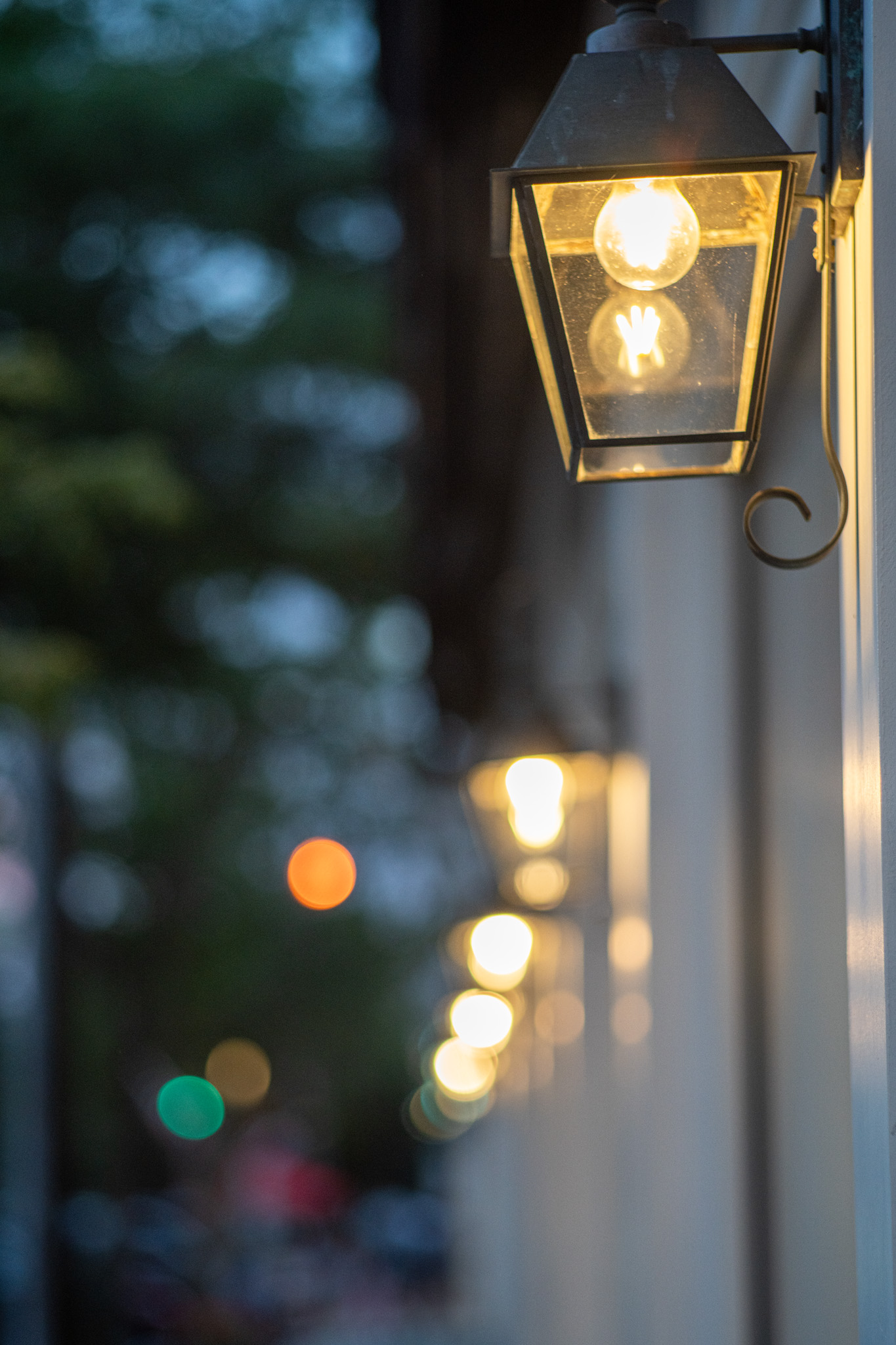
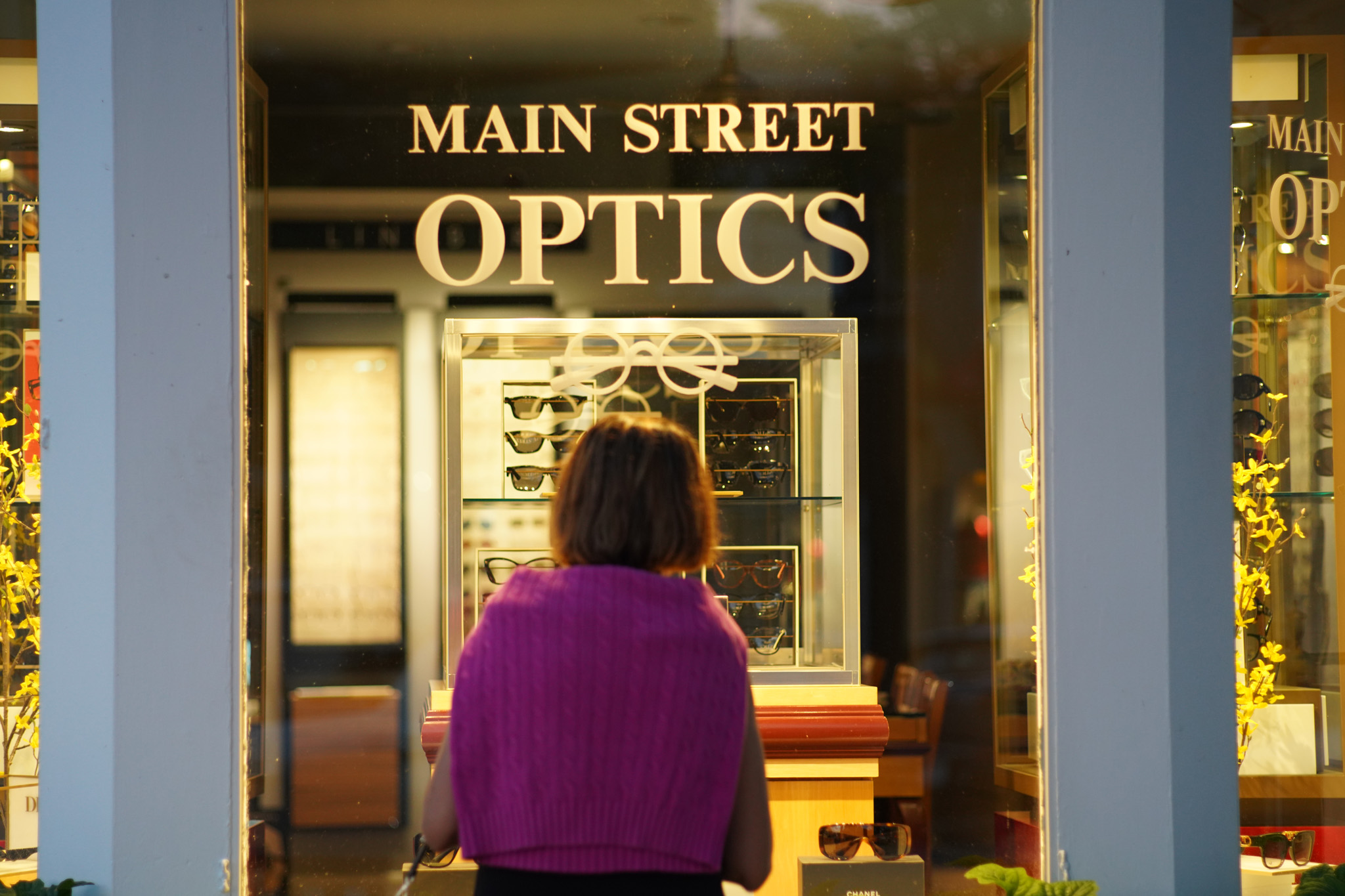

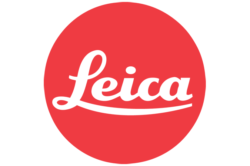






Will the initial set of 5 be followed by 18, 16, 14mm?
Obviously the X-mount is ever neglected. And to think that the style of the Fuji X-Trans sensors is the one that goes best with the Cooke-Look!